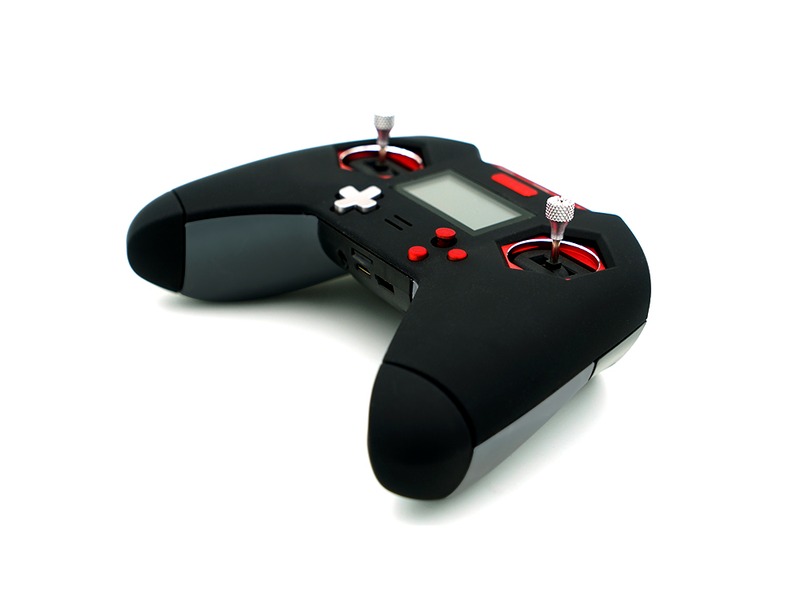Which is better 2.4 or 5.8 GHz?

When it comes to choosing between 2.4 GHz and 5.8 GHz, it really depends on what you plan to use the frequency for. Both frequencies have their advantages and disadvantages, and it’s important to consider your needs before making a decision.
2.4 GHz is the most common frequency used for wireless networks and devices. It has a longer range than 5.8 GHz, so it’s better for larger areas or when there’s a lot of interference. It’s also better for devices that require more bandwidth, such as streaming video or online gaming. The downside is that 2.4 GHz is more susceptible to interference from other devices, such as microwaves, cordless phones, and Bluetooth devices.
5.8 GHz is a newer frequency and is becoming increasingly popular for wireless networks and devices. It has a shorter range than 2.4 GHz, so it’s better for smaller areas or when there’s less interference. It’s also better for devices that require less bandwidth, such as web browsing or email. The downside is that 5.8 GHz is more expensive and can be harder to find compatible devices.
Overall, it really depends on what you plan to use the frequency for. If you need a longer range and more bandwidth, then 2.4 GHz is the better choice. However, if you need a shorter range and less bandwidth, then 5.8 GHz is the better option. It’s also important to consider the cost and availability of compatible devices.
In conclusion, there is no clear answer to the question of which frequency is better. It really depends on your individual needs and requirements. Both 2.4 GHz and 5.8 GHz have their advantages and disadvantages, and it’s important to consider your needs before making a decision.
Comments / Question
2. Interference: 2.4 GHz is more prone to interference from other devices, such as microwaves and cordless phones, while 5.8 GHz is less likely to be affected by such interference.
3. Speed: 5.8 GHz is typically faster than 2.4 GHz, so if you need a faster connection, 5.8 GHz is the better option.
4. Cost: 5.8 GHz is usually more expensive than 2.4 GHz, so if you are on a budget, 2.4 GHz may be the better option.
5. Compatibility: 2.4 GHz is more widely used and compatible with more devices than 5.8 GHz, so if you need compatibility with multiple devices, 2.4 GHz is the better option.
2. 4 GHz applications are better suited for applications that require longer ranges or need to penetrate walls or other obstacles. Examples include home Wi-Fi, Bluetooth, cordless phones, and remote controls.
5. 8 GHz applications are better suited for applications that require higher data rates and less interference. Examples include streaming video, online gaming, and wireless HD video.
-More common and widely used
-Better range and signal penetration
2. 4 GHz Cons:
-More interference from other devices using the same frequency
5. 8 GHz Pros:
-Less interference from other devices
-Faster speeds
5. 8 GHz Cons:
-Shorter range and poorer signal penetration

